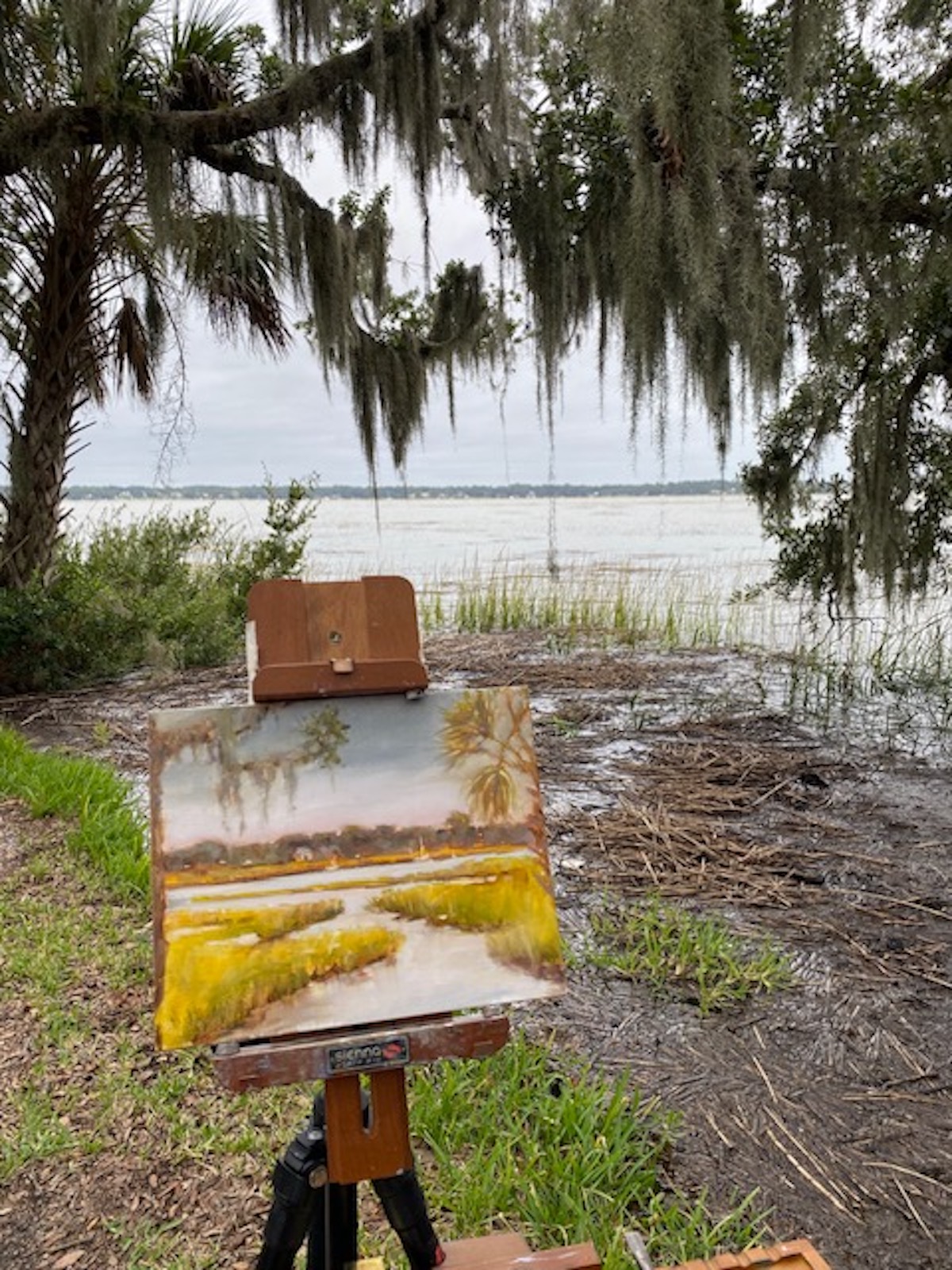By Susan Stone
In February, I was given the opportunity to offer some garden advice for The Island News. Thanks to all the folks who wrote in and requested additional information, I get to write a monthly column!

First, a little background on my colorful career:
My first garden was a humble little strawberry patch on the edge of my grandmother’s patio. I was about 3 years old. I had my very own miniature set of garden tools and took my responsibility very seriously. I could hoe and fuss for hours. I was one of those kids who loved dirt! To this day I love the way it smells, the way it feels — especially on my feet.
I was born in the South but the military took our family all over the country. I had spent 26 years in southern Ohio before I came to the Lowcountry in 1996.
After designing and gardening in northern landscapes for nearly 15 years, I was completely unprepared for the adventure of gardening in the South.
In the first week at Haig Point on Daufuskie Island, I managed to get into a nest of fire ants (all the way up to my elbows), got chased by an alligator and had a Black Racer (snake) fall out of a tree, just inches from my head. Holy cow. Welcome to the Lowcountry: Not only is it challenging, but potentially dangerous!
Gardening in the Lowcountry is definitely not for the faint of heart. As if the heat, humidity and biting insects aren’t enough, you have to have your wits about you and pay attention to your surroundings.
After 26 years of grey skies and cold winters, the greatest thing about gardening here is the potential for four seasons of color. We can seamlessly move from season to season with a symphony of color and fragrance.
As part of my continuing education, I participated in a chemical applicator class. Although I passed and received my license to spray, I had learned enough to know that I didn’t want anything to do with dangerous chemicals. So I began my own study of organic and sustainable practices.
Everything you need to nurture your plants and keep everybody safe from harm is right in your kitchen pantry or bathroom medicine cabinet. Over the years, Jerry Baker became my best friend. You will hear more about Jerry and other influential gardeners later.
My plan for the column is to offer monthly advice that may cover what to prune or what to plant. In addition, I will share recipes I’ve collected over the years to help you kill weeds, eliminate harmful insects, rejuvenate sick plants and treat diseases.
Your questions and the wisdom you’ve collected concerning the landscape are most welcome.
Although I cannot always guarantee it, I will do my best to publish the questions and advice I receive.
Please direct your questions and advice to susan@outdoorarchitecture.com.
MONTHLY GARDENING TIP:
Your Azaleas have finished their show for the year … and what a show it was!
It’s time to deadwood and prune. You have until the first of July to accomplish this task. Azaleas set their blooms early. If you prune too late, you will lose next year’s performance. Timing is everything in nature!
A RECIPE FOR MAY:
I would like to thank my dear friend Rita for this wonderful recipe. If you have plants (including grass) that are struggling, this should help a great deal.
INGREDIENTS:
A handful of sheetrock mud (about $6 for a small bucket should last you all year) dissolved in a five gallon bucket of water.
DIRECTIONS:
Saturate the plant or plants. The calcium in the mud will act like a stint in the arteries to allow nutrients to flow and be absorbed. Following up with an organic fertilizer that now has an open pathway, should “jump” your plant.
Warning: Overuse of this remedy can cause the opposite effect. You can harden the plant and soil around it if repeated too often.
Remember, when gardening and so it is with life … too much of a good thing is still too much!






